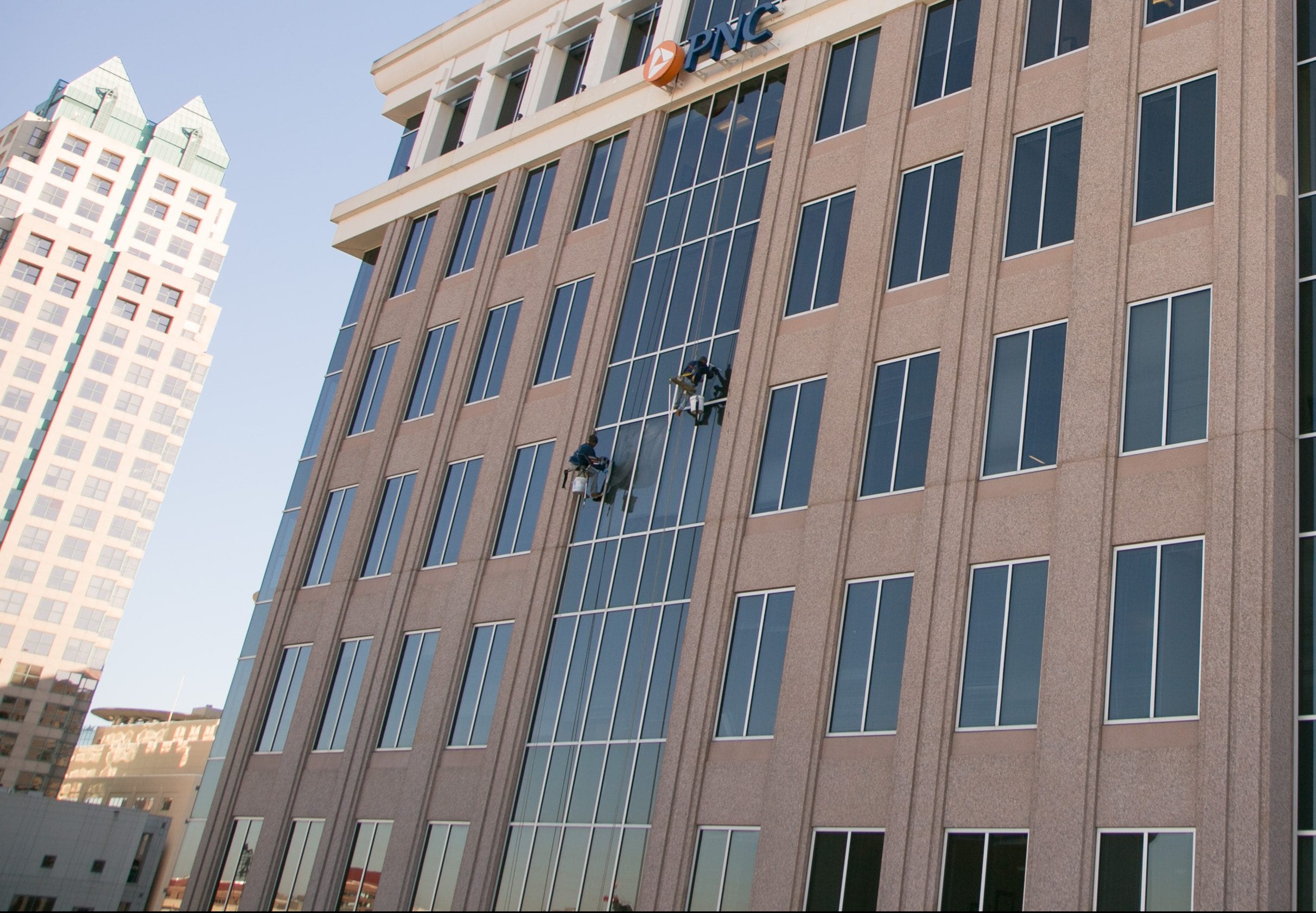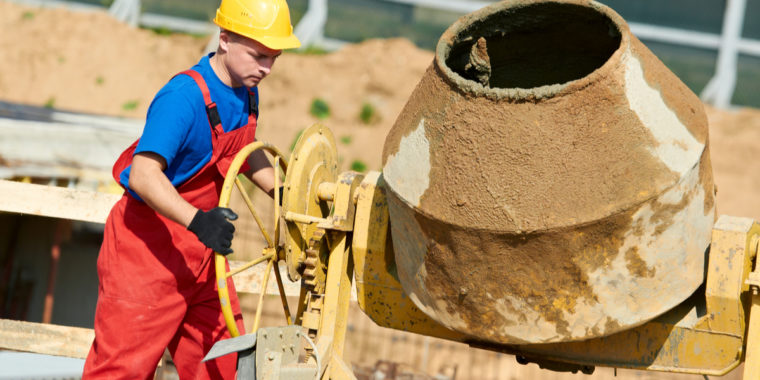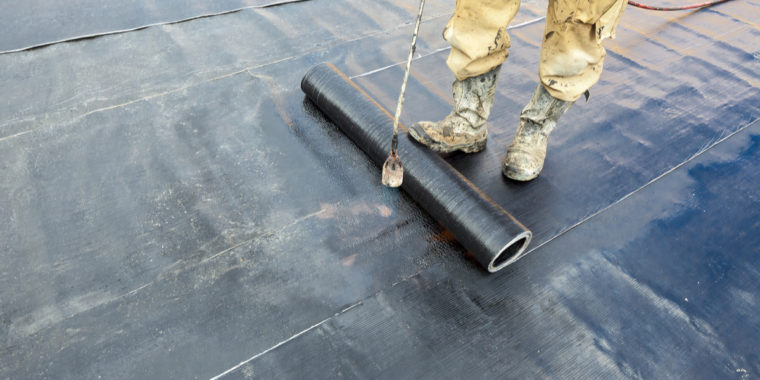Facilities and building managers or owners have many vital roles they must fill and tasks they must perform. One of the most critical is damage inspection and repair work that focuses on the building’s exterior structure. Most of the primary building systems vital to daily operations, such as HVAC, plumbing, and electrical, hardly go neglected. However, the building’s outer shell also needs some attention. Carefully planned exterior maintenance and building waterproofing services can help managers avoid costly repairs, severe safety issues, and other building maintenance challenges. To get the best possible results from waterproofing services, a few key points need careful consideration.
Regularly Inspect the Building Exterior for Signs of Waterproofing Membrane Damage
Keeping up with building waterproofing services and maintenance are among the most cost-effective ways to extend the lifespan of a building’s shell. By developing and adhering to a throughout maintenance plan, it becomes easier to protect the safety, integrity, and appearance of roofs, walls, foundations, and other vital components of any building. Maintaining a waterproof membrane around the building is the first line of defense against water intrusion damage and should not be overlooked or ignored by building managers and operators. Regular inspections and maintenance help ensure the water-resistant seal remains unbroken for as long as possible.
Waterproofing Is Never a One-Size-Fits-All Solution
The greatest challenge in waterproofing a commercial building is knowing what systems, products, and services are most suitable. Every building is different, and every environmental need is different. An individually designed and implemented building waterproofing services plan is critical for long-term protection. From the roof to the windows to the drainage system, exterior maintenance must be customized to be truly effective. Investing in a professional, tailor-made system and customized building services will more than pay for itself.
Not All Building Waterproofing Services Are Created Equally
While the idea that every building needs a customized waterproofing plan seems obvious, it is also important to remember no two service providers are the same. Building managers must take the time to carefully vet those that they bring in to handle the various waterproofing services required. According to Grainger, many professional properties are in some way maintained and repaired by outsourced professionals. It becomes much easier to ensure all buildings are always up to code with professional assistance. Additionally, any minor problems get addressed sooner rather than later, so the waterproof seal remains intact.
Waterproofing Is a Multi-Tiered Process That Includes Repeat Visits for Destructive Testing
Establishing and maintaining a waterproof envelope is not a one-step process and often needs repeat touch-ups and resealing to maintain that strong water barrier. Multiple steps and services will be involved, along with maintenance, inspection, testing, and follow-ups. The final step to any waterproofing sealing process should be a thorough round of destructive testing to ensure proper curing and sealing through weather or environmental hazards. Keeping up with long-term building waterproofing services, maintenance, and repairs will provide continued protection against water intrusion damage down the road, no matter what environmental factors nature cooks up. It is a small investment that will pay significant dividends in the long run.
Time Is Money, and Attention in Waterproofing Will Pay Dividends to Reduced TCO
Water intrusion through windows, doors, and roofs is among the most common and most damaging commercial and industrial property owners face. These issues can lead to unsafe and unstable conditions and should never be ignored or put off, no matter how tempting it might be to reduce costs by delaying repair and maintenance work. Building waterproofing service issues can lead to problems like a flooded basement or rampant mold growth, or damage to interior supports and electronics, which will cost even more to resolve. Considering the costs of waterproofing, associated maintenance and repairs altogether is an integral part of controlling TCO. Facilities managers must take steps to either repair damage or prevent minor issues from morphing into significant problems in the first place.
Choose the Right Waterproofing Service Provider by Partnering With The JOBS Group
When it’s warranted, hiring an experienced professional to help with any monitoring, inspections, or maintenance is a wise investment to make into the longevity of any commercial building. Building waterproofing services are vital for protecting the exterior and interior integrity of any commercial or industrial building. Make the smart choice today and partner with the experts who can help maintain a waterproof envelope effectively with professional building maintenance services. Connect with The A1orange Group to learn more today.








